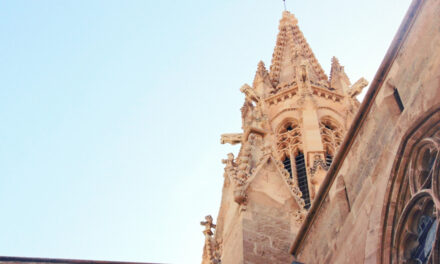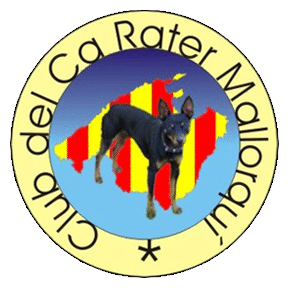
History
The municipality of Mancor was formerly made up of four farmhouse communities or alquerías: Mancor, Biniatzent, Biniarroi and Massanella. These small communities came to depend on Selva and became part of this parish in 1248. This remained the case until 1913, with the construction of the Mancor parish church (Sant Joan Baptista).
This town has popularly and historically been known as Mancor since 13th century. When, in 1925, the municipality established itself independently of Selva, it was given the Castilian name Mancor del Valle.
In 1984, the official name was translated into the regional language to become Mancor de la Vall, but the name used more popularly remains that of Mancor.

Mancor de la Vall has buildings of particular architectural interest: the Santa Llúcia chapel, documented for the first time in 1348; the parish church; the possessió of Massanella and its surrounds; the Son Morro oil mill with its farmhouse; the Can Marquesí farmhouse with its Renaissance window; the Son Lluc farmhouse, located on the main street; Son Collell, which was the town hall for many years and still boasts a small cloister, etc.






















